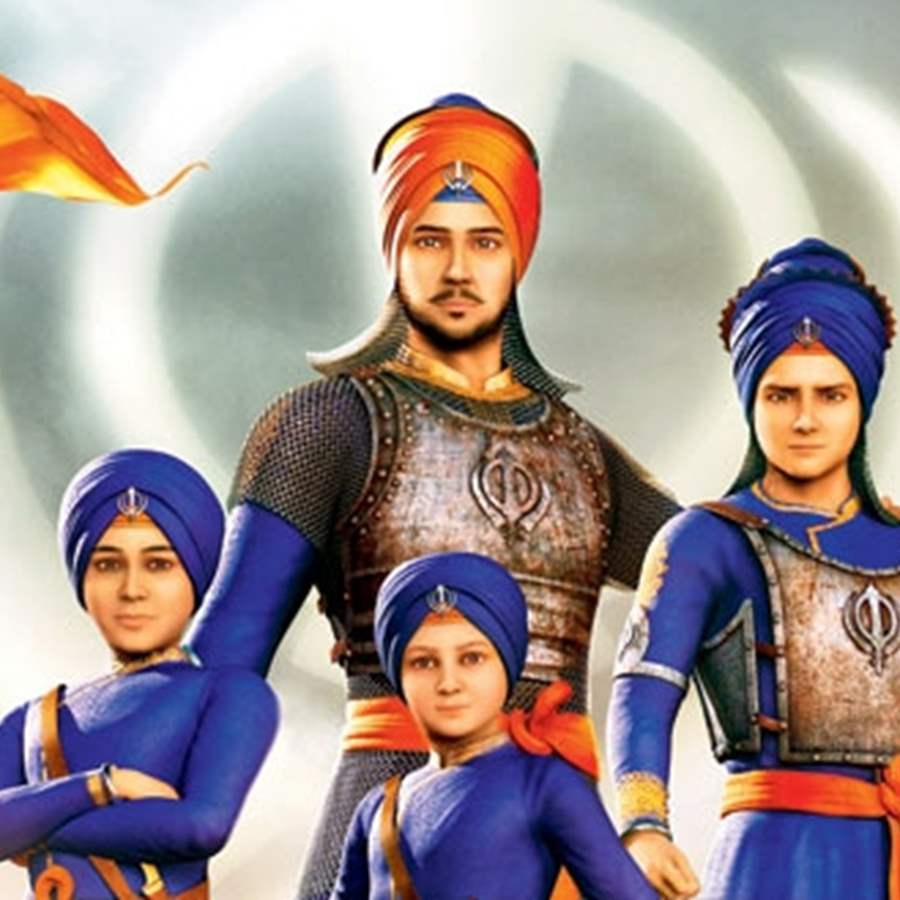In a saga of unparalleled sacrifice and valor, the four illustrious sons of Guru Gobind Singh, known as the Chaar Sahibzaade, etched their names in history as beacons of courage. Each with a distinct tale of bravery, they all sacrificed their lives to safeguard the identity and dignity of the Khalsa Panth against the formidable Mughals. Let’s delve into the chronicles of these remarkable individuals.
1. Ajit Singh – The Stalwart Elder Brother
Ajit Singh, the eldest of the Chaar Sahibzaade, demonstrated unwavering courage in the face of adversity. His valor reached its pinnacle during the Battle of Chamkaur Sahib, where he fearlessly confronted the Mughal forces alongside his father, Guru Gobind Singh. On December 7, 1705, Ajit Singh made the ultimate sacrifice, becoming a symbol of resilience for generations to come.
2. Jujhar Singh – The Young Warrior’s Stand
Jujhar Singh, the second son, emulated his elder brother’s courage on the battlefield of Chamkaur Sahib. At a tender age, he displayed a warrior’s spirit, fighting gallantly against the Mughals. Jujhar Singh’s life was cut short on the same fateful day as his brother, December 7, 1705, as he valiantly defended the principles of the Khalsa Panth.
3. Zorawar Singh – The Child Martyr’s Resolve
Zorawar Singh, the third son, was a mere nine years old when he, along with his younger brother, Fateh Singh, faced persecution by the Mughal authorities. Refusing to waver from their faith, the young brothers endured unimaginable hardships. On December 26, 1705, Zorawar Singh attained martyrdom, becoming an enduring symbol of the Sikh spirit’s unyielding strength.
4. Fateh Singh – The Youngest Martyr’s Endurance
Fateh Singh, the youngest of the Chaar Sahibzaade, displayed remarkable courage in the face of adversity. At the tender age of seven, he too faced persecution alongside his elder brother. Fateh Singh’s unwavering commitment to Sikh principles led to his martyrdom on December 26, 1705, leaving an indelible mark on Sikh history.
As the Sikh community commemorates these anniversaries, the legacy of the Chaar Sahibzaade stands as a testament to the resilience, sacrifice, and unyielding spirit that define the Khalsa Panth. The dates of their sacrifices remain embedded in the collective memory of Sikhs worldwide, inspiring reverence for their extraordinary contributions to the Sikh faith.

